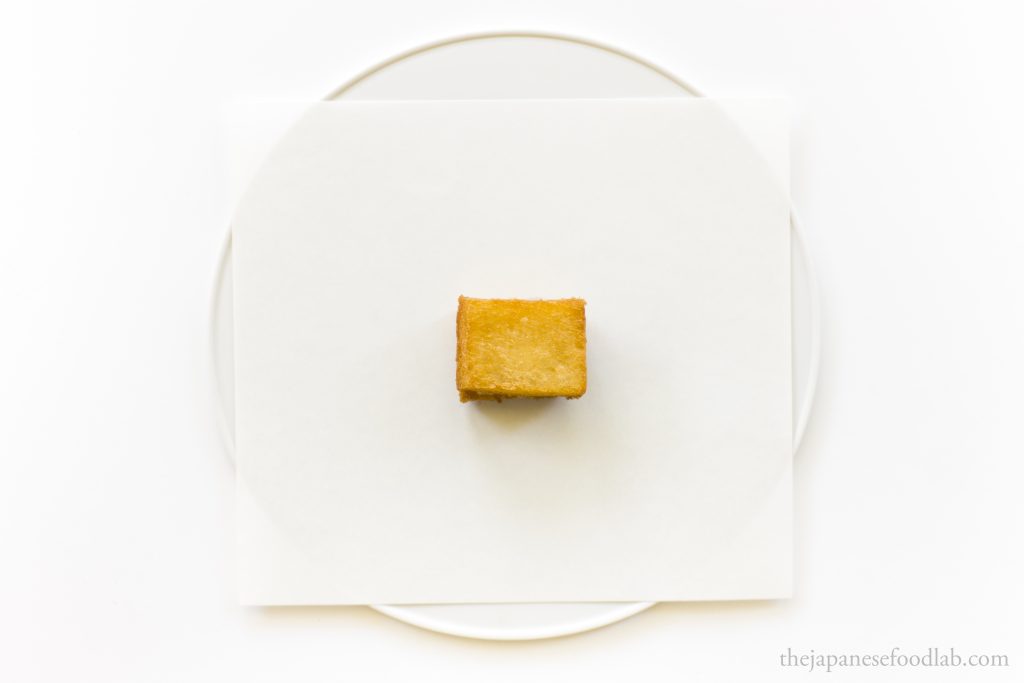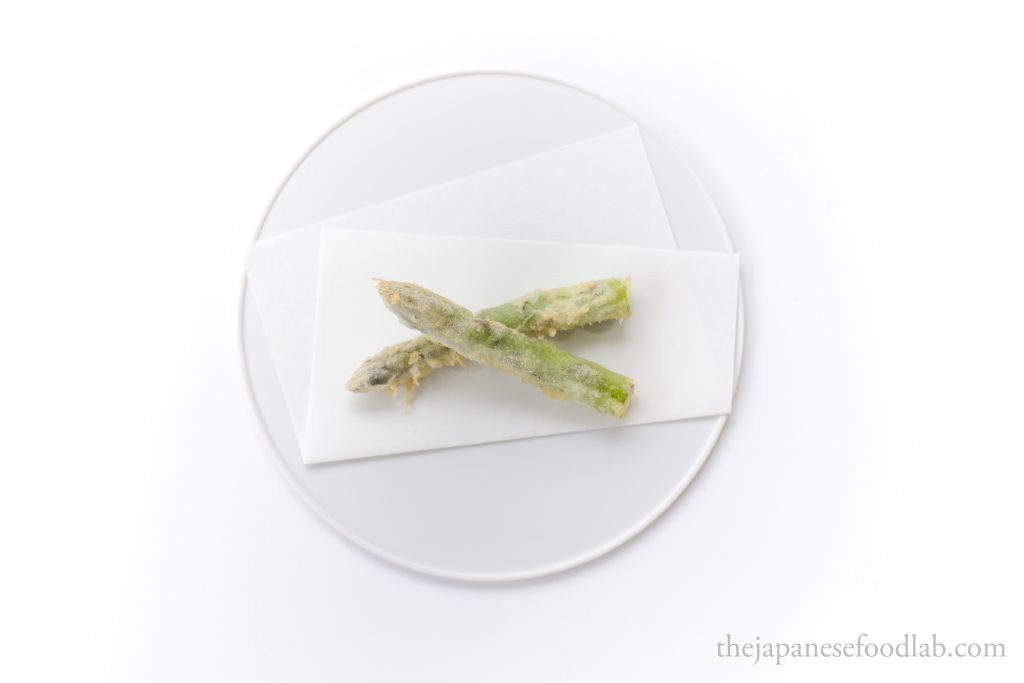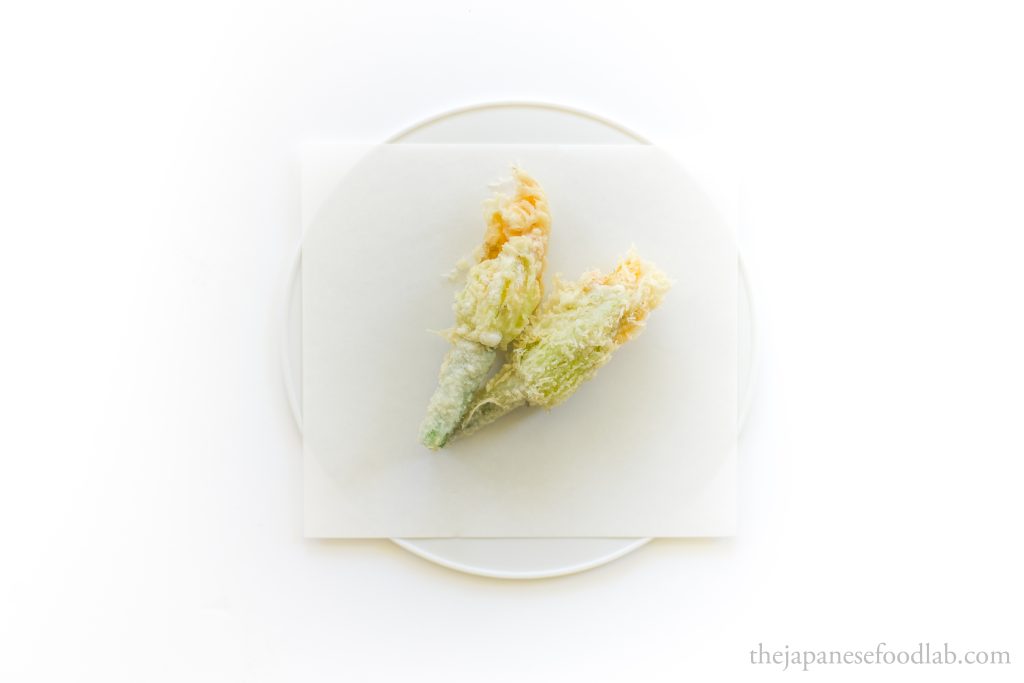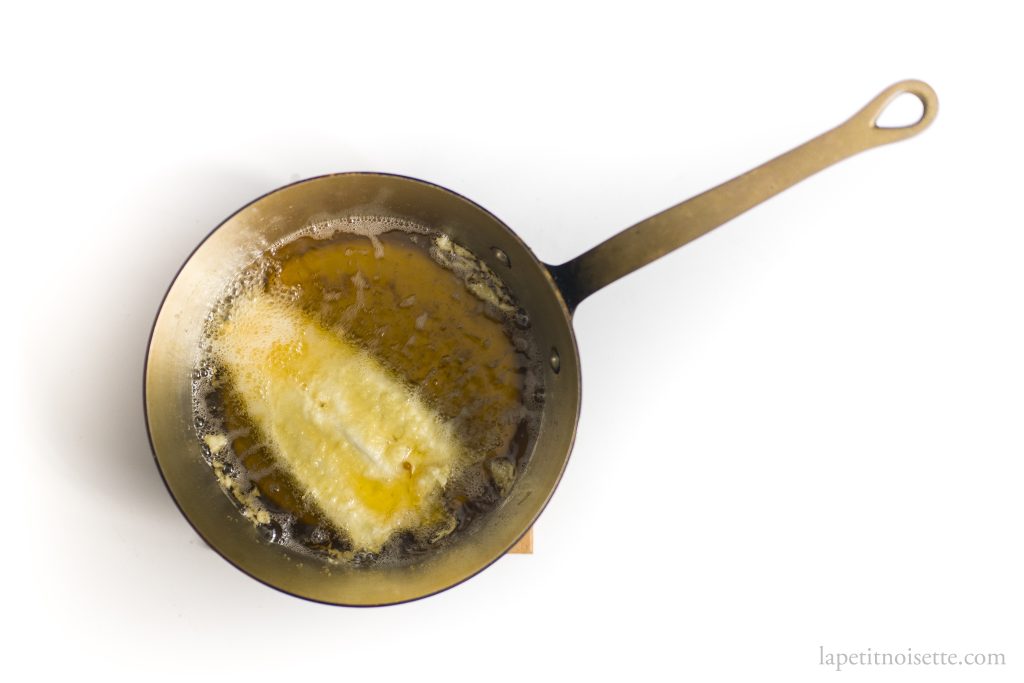
Tempura was always something I’d remember as food I would eat as fast as possible in an underground store at the train station after work before rushing for the train home. Whilst far from refined or complicated, it was always well made, heart-warming and filling. It wasn’t until I tried to recreate the same tempura outside of Japan that I realized the complexity that was hiding behind such simple food.
The journey started with trying various tempura recipes from books and websites but realizing that these recipes didn’t even come close to the kind of tempura you’d get in Japan. For one, they didn’t stay crispy for a long time and went soggy quickly. Whilst some recipes did produce crispy tempura, the mouthfeel was hard and crunchy, not light and crispy yet melting inside your mouth.
Google the perfect tempura and you’d find a million recipes online, including those that have dived deep into the science of the subject to figure out what’s going on. But whilst all of them emphasise a specific technique and recipe for the batter, we often found them somewhat lacking when we tried to replicate their results.
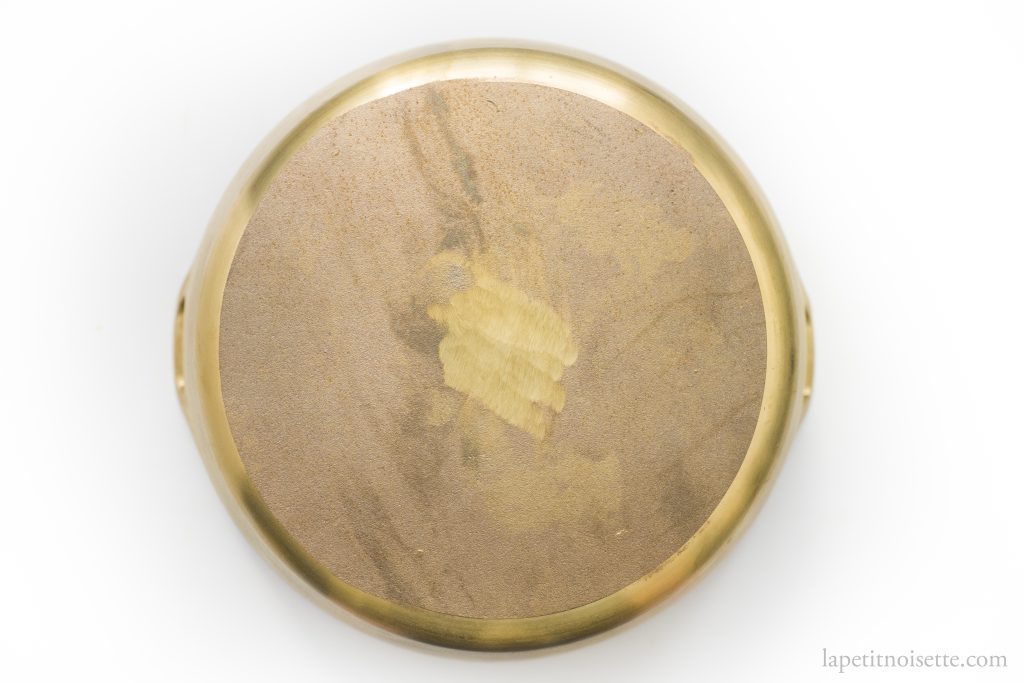
Upon further research and study, we realized that because of the simplicity of it’s ingredients, the specificity of the ingredients mattered to an extremely high degree. From the temperature of the water and flour, all the way to the protein content of the flour. Processing wise, the flour you could obtain in Japan was nothing like the flour you could buy elsewhere. With so many variables at play, we realized that this would be the perfect avenue to shine our experimental curiosity towards.
This gave birth to this series of articles trying to create the ‘perfect’ tempura. Of course the notion of the perfect tempura is ludicrous, but to us it represents an ideal. The memory of the taste and texture of tempura after a long day of work in Japan will forever taste better when we reminiscence about it. Just like how a perfectionist is never satisfied, even if we do find a way to make tempura that does taste better than what we ate back then, we’ll still be chasing that unattainable perfection.
Below are the various articles we have written in depth on the ins and outs of tempura. We hope they will help you make better tempura. As always, all articles on this site are a work in progress and more information will be added over time. Titles that do not have a hyperlink are in the process of writing yet. This particular series lacks photos on most articles due to a hiccup in the production cycle.
Basic
What is the best flour for tempura?
The science behind Michelin quality tempura batter
The ultimate tempura batter technique
How to maintain your tempura batter
The science of tempura frying oil
How to best prepare ingredients for tempura
Best practices when serving tempura
Advanced
How do tempura chefs judge oil temperature
Tempura Niitome’s recipe and -60°C tempura batter
Extra Information
Traditional paper folds for tempura
Traditional tempura frying oil
Old- The science behind the perfect tempura
Recipes
